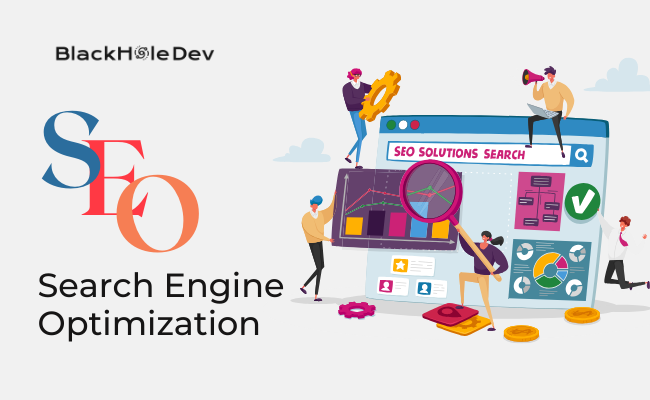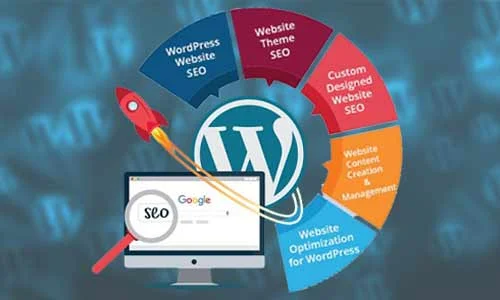In today’s dynamic financial landscape, banking software development stands as a cornerstone of innovation, efficiency, and security. As traditional banking methods evolve, institutions worldwide are increasingly turning to sophisticated software solutions to streamline operations, enhance customer experiences, and fortify cybersecurity measures. Let’s delve into the vibrant landscape of banking software development, highlighting its key components, challenges, and prospects.
Evolution of Banking Software:
Traditional banking systems have undergone a significant transformation, shifting from manual processes to advanced digital platforms. Core banking software serves as the backbone of financial institutions, managing transactions, customer data, and regulatory compliance. Mobile banking applications have revolutionized customer interactions, offering convenient access to accounts, transactions, and financial services on the go.
Key Components of Banking Software:
Core Banking Systems: These encompass a suite of applications managing fundamental banking operations, including account management, deposits, loans, and payments processing.
Payment Processing Solutions: Facilitating seamless transactions, payment gateways, and electronic funds transfer systems ensure swift and secure money movement.
Customer Relationship Management (CRM): CRM software enables banks to build and nurture relationships with customers, offering personalized services and targeted marketing campaigns.
Risk Management Tools: With the rising threat of cyberattacks and fraud, robust risk management software is crucial for detecting and mitigating threats proactively.
Analytics and Business Intelligence: Leveraging big data and analytics tools, banks can derive actionable insights, optimize processes, and make data-driven decisions.
Challenges in Banking Software Development:
Security Concerns: As digital banking grows, so do cybersecurity threats. Developers face the daunting task of fortifying systems against data breaches, malware, and phishing attacks.
Regulatory Compliance: Stricter regulations impose rigorous standards on banking software, requiring continuous updates to ensure compliance with legal and industry requirements.
Legacy Systems Integration: Many banks grapple with outdated legacy systems, posing challenges during software upgrades and integration with modern platforms.
User Experience (UX) Design: Balancing functionality with user-friendly interfaces is crucial to enhancing customer satisfaction and retention.
Scalability and Performance: Banking software must accommodate growing user bases and transaction volumes while maintaining optimal performance and reliability.
Innovative Trends in Banking Software Development:
Blockchain Technology: Blockchain holds promise for revolutionizing banking processes, offering enhanced security, transparency, and efficiency in transactions and record-keeping.
Artificial Intelligence (AI) and Machine Learning (ML): AI-powered chatbots, fraud detection algorithms, and predictive analytics are reshaping banking operations, automating tasks and improving decision-making.
Open Banking APIs: Embracing open banking frameworks, institutions can collaborate with third-party developers to create innovative financial products and services, fostering competition and innovation.
Cloud Computing: Cloud-based solutions offer scalability, flexibility, and cost-efficiency, enabling banks to deploy and manage software applications more effectively.
Biometric Authentication: Leveraging biometric identifiers such as fingerprints and facial recognition enhances security and streamlines authentication processes for users.
Future Prospects and Opportunities:
Personalized Banking Experiences: Advanced analytics and AI-driven insights will enable banks to tailor services and recommendations based on individual preferences and behavior.
Fintech Partnerships: Collaboration between traditional banks and fintech startups will drive innovation, bringing innovative products and services to market more rapidly.
Enhanced Security Measures: Continuous advancements in cybersecurity technologies will bolster defenses against evolving threats, safeguarding sensitive financial data.
Regulatory Technology (Regtech): Regulatory compliance solutions will become more sophisticated, automating compliance tasks and reducing operational risks for banks.
Global Expansion: Banking software development will play a pivotal role in facilitating cross-border transactions and expanding financial services to underserved regions worldwide.
Cybersecurity Challenges and Solutions:
As cyber threats become more sophisticated, banks must adopt a multi-layered approach to cybersecurity, encompassing encryption, intrusion detection systems, and behavior analytics. Continuous monitoring and threat intelligence sharing within the banking industry can help institutions stay ahead of emerging threats and vulnerabilities. Cybersecurity training programs for employees are essential to cultivate a culture of security awareness and ensure compliance with best practices.
Regulatory Compliance and Automation:
Regulatory compliance remains a top priority for banks. With stringent requirements imposed by authorities such as GDPR, PSD2, and KYC regulations. Regulatory technology (Regtech) solutions offer automation and data analytics capabilities to streamline compliance processes. Reducing manual efforts and mitigating risks of non-compliance. By integrating Regtech solutions into their software infrastructure. Banks can achieve greater efficiency, accuracy, and transparency in regulatory reporting and compliance audits.
Customer-Centric Innovations:
In an era of heightened competition, banks are increasingly focusing on delivering exceptional customer experiences. To differentiate themselves in the market. User-centric design principles drive the development of intuitive, user-friendly interfaces across digital banking platforms. Enhancing accessibility and usability for customers of all demographics. Personalization features, such as predictive analytics and recommendation engines. Enable banks to anticipate customer needs and offer tailored products and services, fostering stronger relationships and loyalty.
Sustainability and Green Banking:
With growing awareness of environmental issues, banks are under pressure to adopt sustainable practices and reduce their carbon footprint. Green banking initiatives leverage technology to promote paperless transactions, energy-efficient operations, and environmentally friendly investment portfolios. Sustainable finance software enables banks. To assess the environmental impact of their lending and investment activities, supporting the transition to a more sustainable economy.
Collaborative Ecosystems and Open Innovation:
The banking industry is embracing open innovation models, collaborating with fintech startups. Technology vendors, and academic institutions to drive innovation and co-create value. Open banking APIs facilitate seamless integration with third-party services. Enabling banks to offer innovative financial products and personalized experiences to their customers. By fostering collaborative ecosystems and embracing open innovation principles. Banks can accelerate the pace of technological advancement and deliver greater value to stakeholders.
Conclusion
Banking software development stands at the forefront of technological innovation. Empowering financial institutions to adapt to changing consumer preferences, regulatory requirements, and cybersecurity challenges. By embracing emerging technologies and fostering collaboration. Banks can unlock new opportunities for growth, efficiency, and customer satisfaction in the digital age.
The landscape of banking software development is characterized by continuous innovation. Evolving regulatory requirements, and a relentless focus on customer satisfaction and cybersecurity. By embracing emerging technologies, fostering collaboration, and prioritizing sustainability. Banks can navigate the challenges and opportunities of the digital age, driving growth, resilience, and positive societal impact.
Banking software development is a key driver of technological innovation. Enabling financial institutions to adapt to evolving consumer preferences, regulatory requirements, and cybersecurity challenges.





